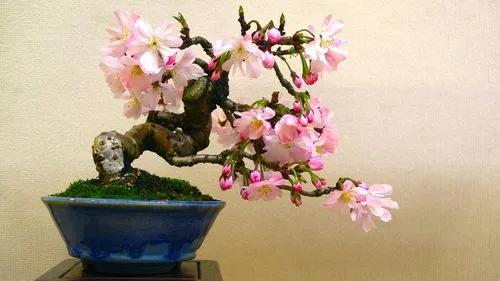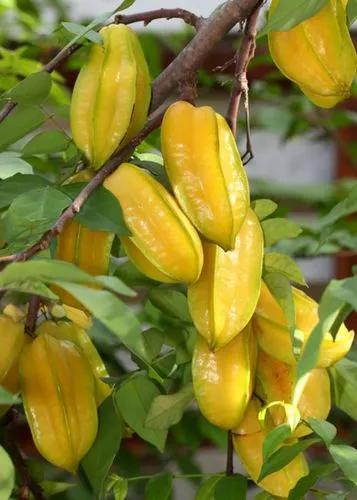Citrus aurantiifolia or commonly known as Lime, Key Lime, Mexican Lime, or Mexican Thornless Key Lime is small evergreen tree found in tropical Asia. It grows up to 5 m tall and it has dense and irregular branches, spiny twigs, small, dark green leaves, and yellowish white flowers. The fruit is thin-skinned, juicy, very acid, and fragrant. It is eaten raw or cooked, used as flavouring, or made into jellies, juices, jams, or marmalades. In Persian cuisine, it is dried and used in cooking.
Key Lime Care
Citrus × Aurantiifolia



How to Care for the Plant

Water

Lime trees need consistent moisture to grow well. Water the soil deeply once or twice a week, rather than frequent shallow watering. When the soil is dry to about 6 inches, water the lime tree. Do not let the lime tree dry out, since the leaves will wilt and drop.

Pruning

The best time to prune lime trees is early spring or late summer or anytime prior to blooming. Prune lime trees every year or two, which will help keep them from becoming too large. Always use sharp pruning shears or loppers when pruning lime trees. If you have frost damage, wait until the trees have shown new growth.

Fertilizer

For mature trees, 1.5 to 2.0 lbs of fertilizer per application 3 to 4 times per year is recommended. For Key lime trees growing on calcareous soils, use 2 to 4 nutritional (magnesium, manganese, and zinc) foliar sprays per year from April to September.

Sunlight

Put your lime citrus tree where it will get bright light with at least 6 hours of direct sunlight every day.

Soil

The tree grows vigorously in deep, sandy soils but tends to produce fewer fruit. The fruit produced are typically larger and less juicy and have a thicker peel. Key lime trees require good drainage and do not tolerate flooded conditions.

Temperature

This pretty tree is so insulted by chilly weather it relinquishes its leaves when temperatures drop to 32 degrees Fahrenheit. Key lime trees suffer injury and can be killed by temperatures of 28 F and below, so it's important to protect key limes when a frost is predicted.

Container

A dwarf variety of lime tree is the best choice when growing lime trees in containers. Regardless, the tree will undoubtedly need repotting after about three to four years, or you can remove the tree from the pot, prune the roots (take 2-3 inches (5-8 cm.) off) and one-third of the foliage, and then repot with fresh potting soil. The size of the tree is directly related to the size of the container. Some examples of lime varietals suitable for container grown lime trees include the following: Bearss lime, also known as Tahitian lime or Persian lime, which is a common variety that grows to 20 feet (6 m.) with seedless fruit Kaffir lime, which is a bush variety that is best kept pruned to under 10 feet (3 m.) and whose aromatic leaves are used in Asian cuisine Mexican lime, aka key lime or West Indian lime, which is another bushy variety around 15 feet (5 m.) tall with 2-inch (5 cm.) strongly acidic fruit Palestinian lime, a sweet round, milder fruit that makes great limeade

Additional

Toxic to Dogs, Toxic to Cats, Toxic to Horses. It is green when picked but becomes yellow when ripe. A ripe key lime feels heavy for its size. Compared to a Persian lime, it is a smaller and has more seeds to remove, higher acidity, a stronger citrus aroma, and a thinner rind. The key lime is valued for its unique flavor and costs more too.

Popularity

772 people already have this plant 86 people have added this plant to their wishlists
Discover more plants with the list below
Popular articles






